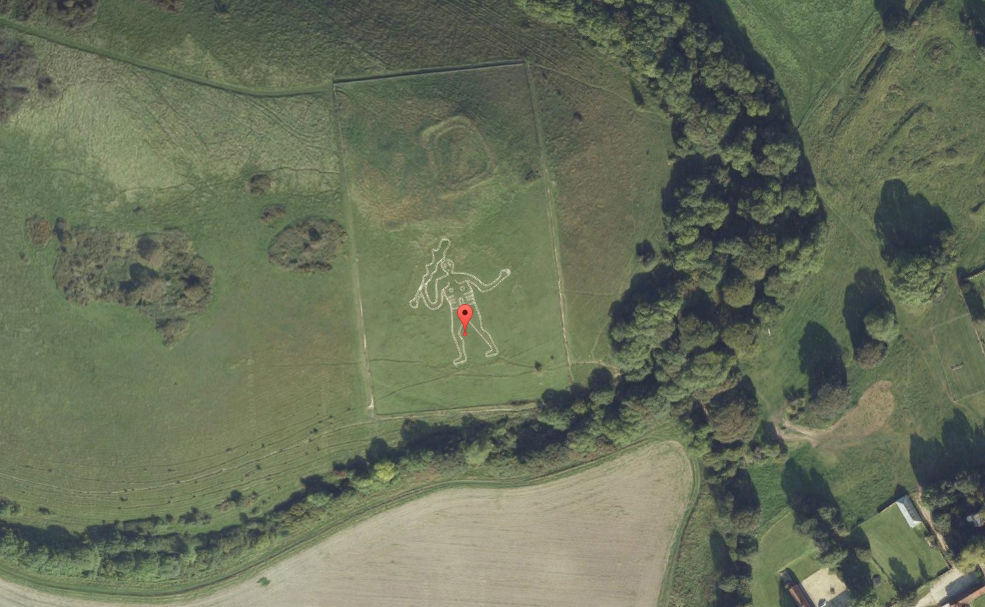

Depending on the location of the bleeding within the colon, anemia can be the first sign that blood loss is occurring.Ĭommon symptoms of anemia include skin pallor (paleness), increased heart rate, fatigue, dizziness and irregular menstruation. In patients with colon or rectal cancer, intestinal bleeding may cause anemia. AnemiaĪnemia is a blood disorder characterized by a deficiency of red blood cells or hemoglobin. If you experience persistent nausea, signs of dehydration or vomiting that lasts for more than 24 hours, seek immediate medical treatment. Nausea and vomiting are symptoms of a range of conditions, which may be benign or serious. Bowel blockage can also be accompanied by painful abdominal cramps, bloating and constipation. Nausea and vomiting can occur if a colon or rectal tumor is obstructing the bowel and inhibiting the passage of liquid or solid waste or gas.

See your doctor if you experience frequent abdominal pain and bloating that does not have an obvious cause. These are common issues that can also be caused by a number of conditions, including diet-related gastrointestinal distress, Crohn’s disease or ulcerative colitis. Stomach bloating, distention, cramps or pain in the abdominal or bowel region can be symptoms of colon or rectal cancer. However, if you are experiencing something new and unexplained-and it lasts more than a couple of days-see your doctor. Occasional bowel changes can be caused by a dietary change, disagreeable food or a viral/bacterial infection. Stool that is narrower than normal (even as thin as a pencil) Changes in Bowel HabitsĬhanges in bowel habits that can indicate colon or rectal cancer include the following:Ĭhanges in frequency or size and caliber of bowel movementsĪ bowel that doesn’t seem to empty completely Typically, patients with hemorrhoids experience symptoms that come and go with flare-ups, whereas rectal bleeding caused by cancer usually continues or worsens and is more likely to be accompanied by pain. Rectal bleeding can also be caused by hemorrhoids. Rectal Bleedingīright red blood in the stool typically indicates that there is bleeding in the rectum or colon, which may be a sign of colon or rectal cancer. This is called occult (hidden) blood and may not be discovered until a blood test indicates a low red blood cell count.

Sometimes bleeding may be present but not visible. You may notice obvious blood the stool, or darker colored bowel movements, which may indicate that there is bleeding within the intestinal tract or rectum. These may include the following: Blood in the Stool

Patients with colon cancer or rectal cancer may experience one or multiple symptoms. As the tumor grows, symptoms will depend on the location of the primary tumor within the intestine.
#LOCATIONS OF COLOL REGISTRATION#
To get started, call 1-88 or fill out a new patient registration form online.Colon and rectal cancers do not usually produce symptoms in the early stages of disease. If you suspect that you may have metastatic colon cancer or have already received a diagnosis, you can request an appointment at Moffitt with or without a referral. Moffitt Cancer Center offers comprehensive diagnostic, treatment and supportive care services for patients with metastatic colon cancer, regardless of where it has spread. Many conditions can cause similar symptoms therefore, a medical exam and diagnostic screening is required to determine if metastatic colon cancer is the cause. If you experience any unusual symptoms, it is important to consult with a physician. Receiving treatment for metastatic colon cancer


 0 kommentar(er)
0 kommentar(er)
